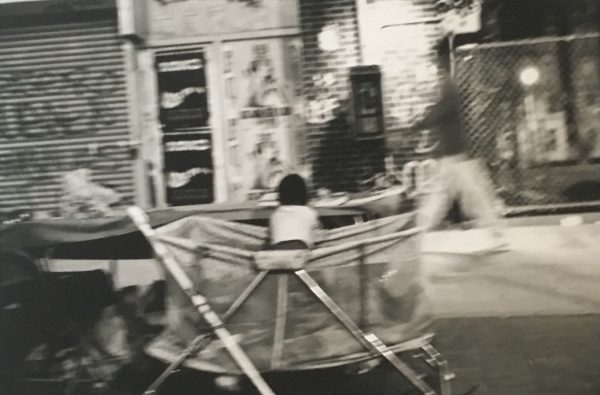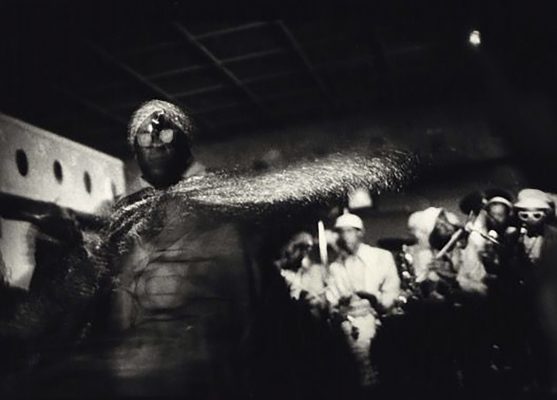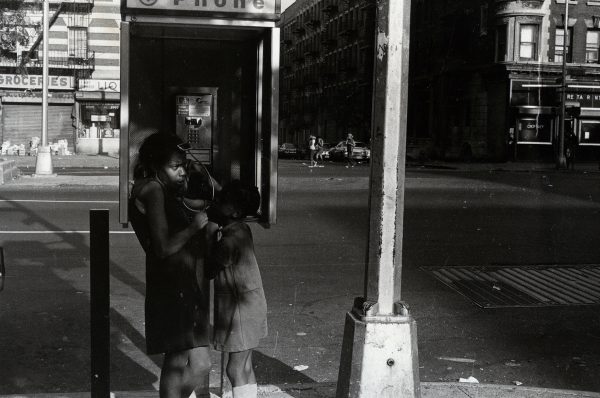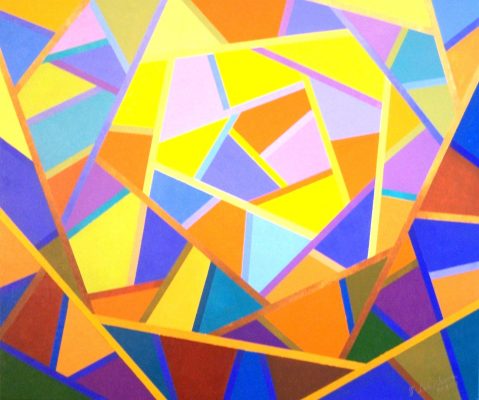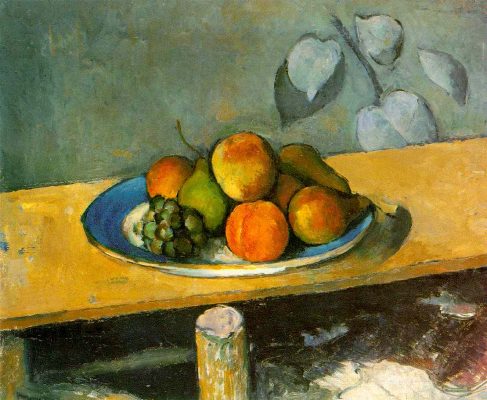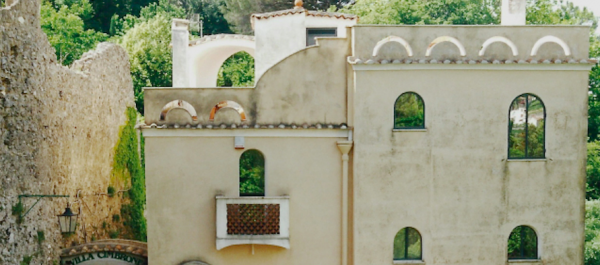‘This is a rare book,’ Toni Morrison wrote in her introduction to the 1973 edition of The Black Photographers’ Annual. ‘It hovers over the matrix of black life, takes accurate aim and explodes our sensibilities.’ Among the artists included in the annual was Ming Smith, a photographer who had only been taking pictures for a year, and whose sensibility would prove to be extraordinary.
Smith grew up in Columbus, Ohio in the 1960s, and moved to New York in the 1970s after graduating from Howard University, where she studied microbiology. While working as a model, she joined the Kamoinge Workshop, an influential collective of Black photographers. Smith was the first and only woman to join Kamoinge; in the 1970s she was also the first Black woman to have her work included in the permanent collection at MoMA. (As she once memorably put it, the milestone ‘was like getting an Academy Award and no one knowing about it.’) An impressionistic chronicler of Black cultural life, Smith’s photographs of street scenes, musicians and churches capture the movement and atmosphere of her subjects in swirls and blurs of light. She frequently shoots in dark places – jazz clubs and streets at night – using a slow shutter speed and no flash. The effects of this technique can be auratic. In Sun Ra Space II, New York City, NY (1978), bright clouds emanate from the figure of the jazz musician Sun Ra, as if his body is shimmering silver.
In 2017, Smith became the subject of renewed interest when her photographs featured in Arthur Jafa’s exhibition ‘A Series of Utterly Improbable, Yet Extraordinary Renditions’, which began at Serpentine Galleries, London and travelled to the Serralves Museum of Contemporary Art in Porto and the Julia Stoschek Gallery in New York. Jafa is an admiring theoriser. He reads the blurriness in Smith’s images – particularly in the Invisible Man series, taken between 1988 and 1991 – as an aesthetic language for articulating Black culture, and as a means of shielding her subjects from a policing gaze by obscuring their faces. ‘In many of Ming’s photos, you can’t identify anybody,’ Jafa writes. The camera, ‘instrument par excellence of surveillance’, is transformed in Smith’s hands into a tool capable of expressing love and protection.
The following interview was conducted by Zoe Whitley, the director of Chisenhale Gallery, London. Whitley co-curated the exhibition ‘Soul of a Nation: Art in the Age of Black Power (1963-1983)’, which opened at Tate Modern in 2017, and featured Smith’s photography. The pair talked about Ming’s time at Howard University, her experiences in New York as part of the Kamoinge Workshop in the 1970s, and The Black Photographers’ Annuals in which her early work was published.
